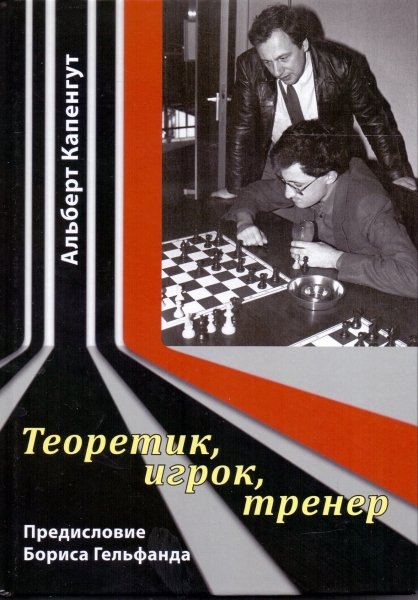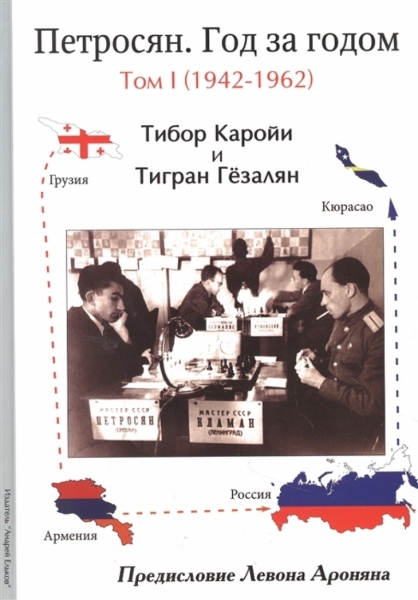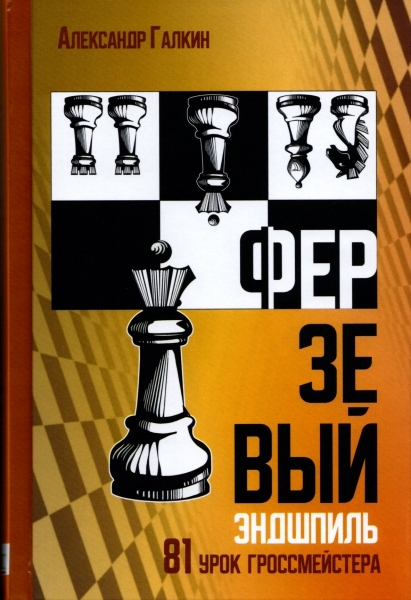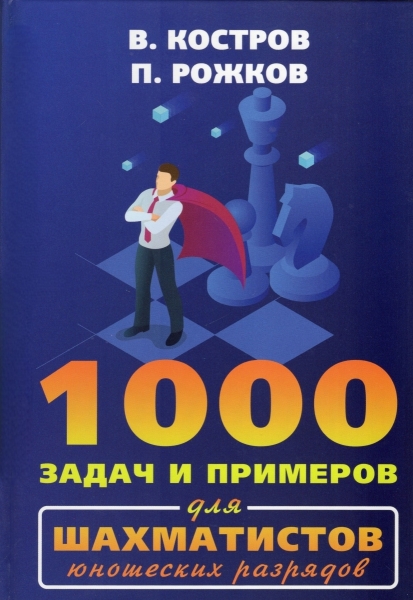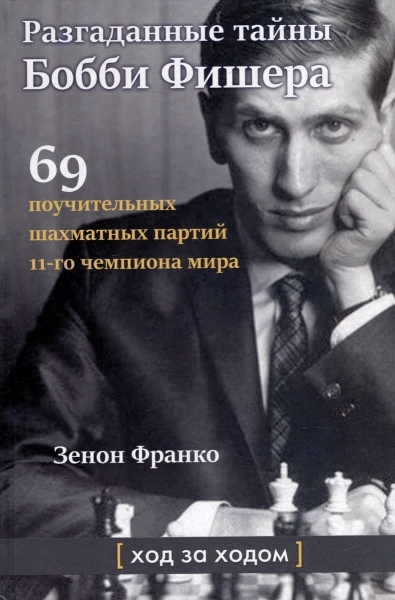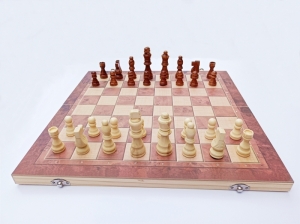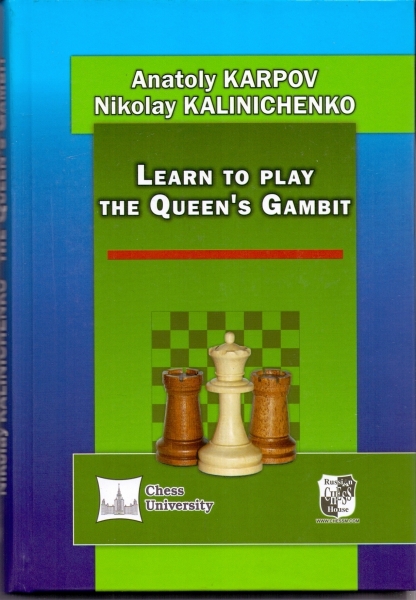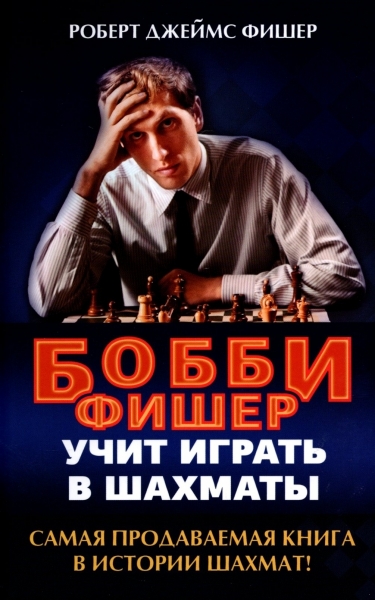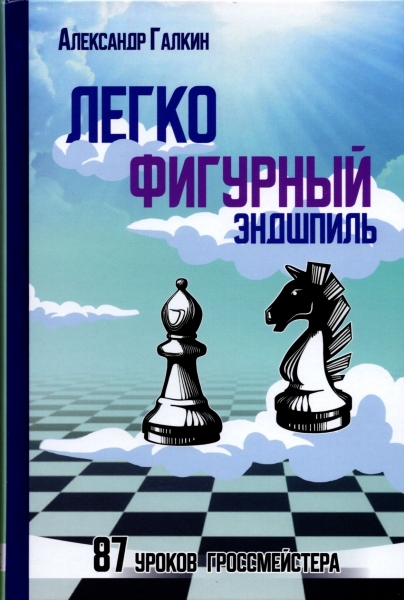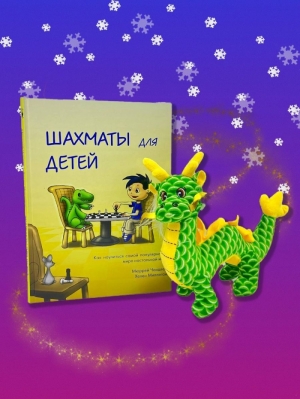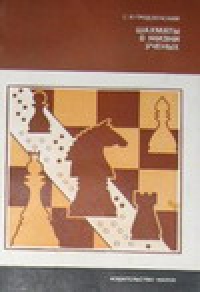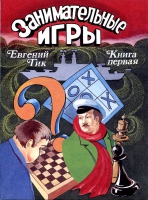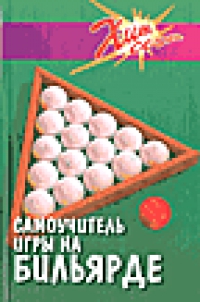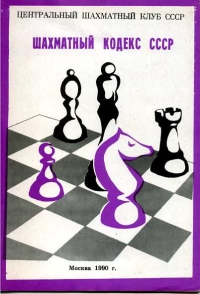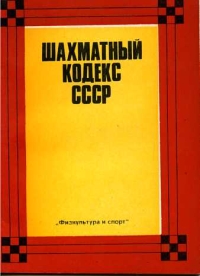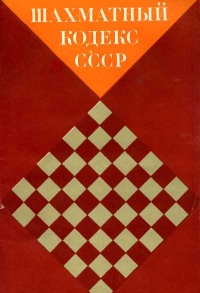miscellanea
-
2.42 $
Biographies, photos and parties, studies and tasks.
-
2.48 $
The brochure includes unusual charts, tic-tac-toe, sea battle, typesetter, anagrams, palindromes, Othello or reversi. All games are provided with illustrations and detailed descriptions.
-
2.58 $
No sport in our country has such a long - three hundred years! - stories like billiards, but there is no sport, which would have been as dramatic as a billiard's. The ball game "knew the years of prosperity and persecution, captivating grandees and merchants, intellectuals and party leaders, but also destroying the lives of outstanding players." Only in the last decade has billiards become what it should have been for a long time: a knightly sport. Billiards are an amazing intellectual game, like chess, Billiards balls are the same chess pieces, with the only difference being that they will "walk" the way you want .This requires certain knowledge. will help to learn the elementary rules and the basics of billiard technology.
-
2.76 $
Разбираютя наиболее интересные примеры творчества шахматистов Вооруженных Сил. Среди авторов Карпов, Геллер, Котов и др.
-
3.14 $
The USSR Chess Code contains the Rules for the Game of Chess, the Rules of Competition, the Rules of the Game of Correspondence (correspondence competitions), the Rules of Chess Composition (composing and solving problems and etudes), as well as the appendices. In this edition of the Code, the rules of the game of chess fully comply with the rules of the International Chess Federation (FIDE), and the notes develop them, helping the judges to make the right decisions in those cases that are not specified in the articles of the code.
-
3.14 $
The official text of the Chess Code of the USSR (1981), which sets out the rules of chess games, the preparation and conduct of competitions, games by correspondence, chess composition with all the necessary applications (chess notation and recording of games; tables for playing members of the Society of the Blind; Additions and changes to the Rules of a chess game for competitions in lightning speed; Rules of simultaneous play sessions.
-
3.41 $
This edition has been brought into line with the rules of the game, approved by FIDE (in particular, the discrepancies between the rules adopted in the USSR and the international rules of the game by correspondence were eliminated). For the first time, rules on a chess composition are included in the USSR Chess Code.
-
-
-
-
3.46 $
Chess amateur directories. The most important competitions and events. It was published from 1980 to 1988 annually (except 1985.).
-
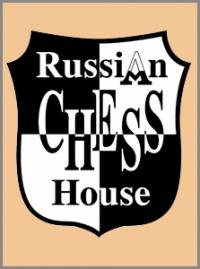 The life of a chess player in the system. Memories of the grandmaster
Author:
The life of a chess player in the system. Memories of the grandmaster
Author:
Averbah 45.00 $ -
 Три матча Ботвинник-Смыслов
Author:
Три матча Ботвинник-Смыслов
Author:
Botvinnik 45.00 $ -
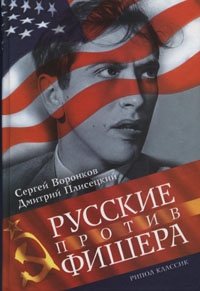 Russians vs Fisher
Author:
Russians vs Fisher
Author:
Voronkov 65.00 $ -
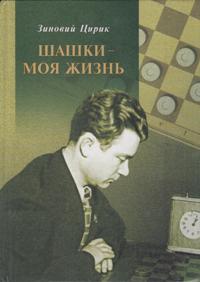 Checkers is my life
Author:
Checkers is my life
Author:
Ciric 87.50 $ -
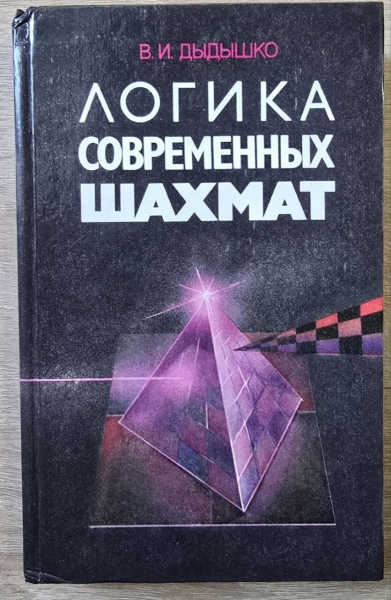 The logic of modern chess
Author:
The logic of modern chess
Author:
Dydyshko 72.50 $ -
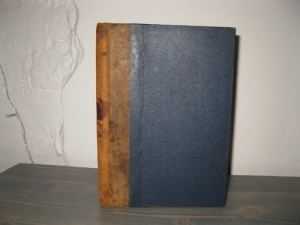 Siegbert Tarrasch. The Queen
Author:
Siegbert Tarrasch. The Queen
Author:
Tarrash 72.50 $ -
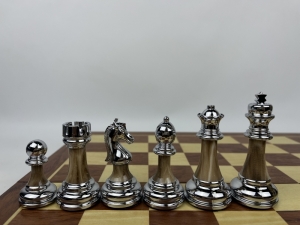 High quality acrylic metal heavy chess pieces with wooden board
202.50 $
High quality acrylic metal heavy chess pieces with wooden board
202.50 $
-
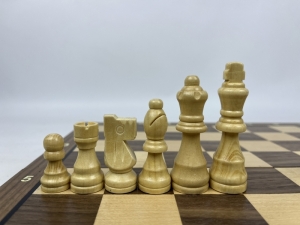 Wooden magnetic Staunton chess with a lock (silver)
56.25 $
Wooden magnetic Staunton chess with a lock (silver)
56.25 $
-
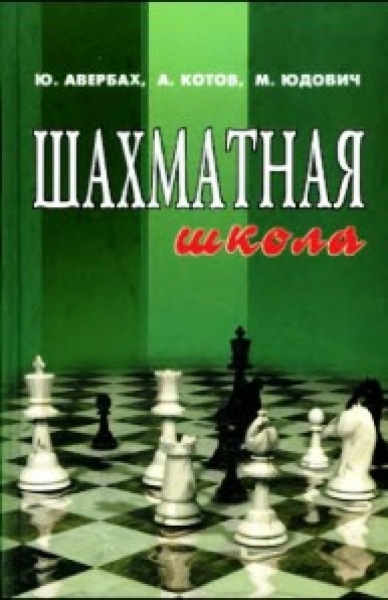 Chess school
Author:
Chess school
Author:
Averbah 15.00 $ -
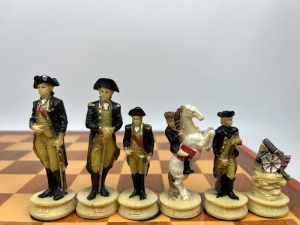 The chess set of The Chessmen. US war - Great Britain
325.00 $
The chess set of The Chessmen. US war - Great Britain
325.00 $
 Русский
Русский  Английский
Английский 